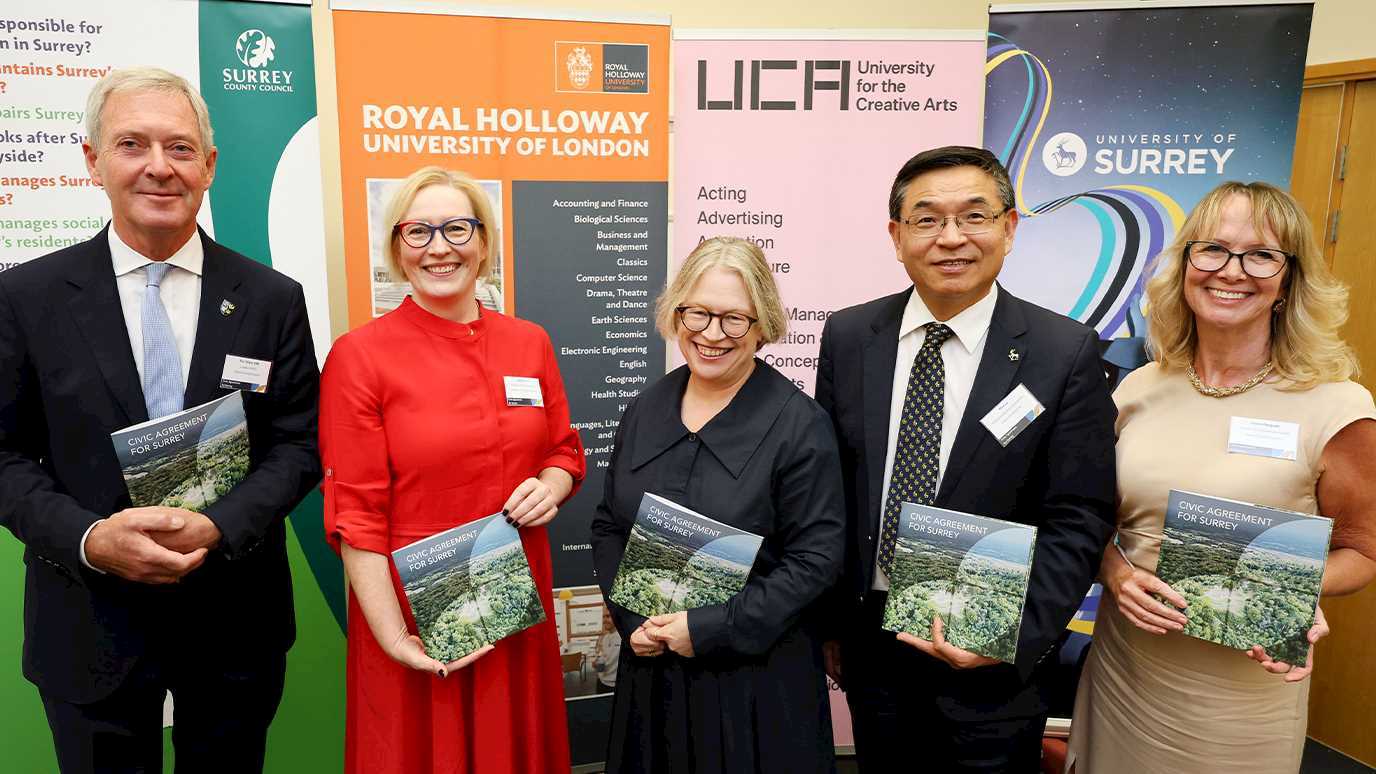A new study published this week in Nature Communications reconstructs the evolution of flowers over the past 140 million years and sheds new light on what the earliest flowers might have looked like.
36 researchers from 13 countries, including Royal Holloway, University of London have reported results from the ‘eFLOWER project’. Among the most surprising results from the project is a new model of an original ancestral flower that does not match any of the ideas proposed previously - shedding new light on the early evolution of flowers as well as major patterns in floral evolution across all living flowering plants.

A modern resemblance
According to this new study, the ancestral flower was bisexual, with both female (carpels) and male (stamens) parts, and with multiple whorls (concentric cycles) of petal-like organs, in sets of threes.
About 20% of flowers today have such ‘trimerous’ whorls, but typically fewer: lilies have two, magnolias have three.
“These results call into question much of what has been thought and taught previously about floral evolution!”, said Jürg Schönenberger, a Professor at the University of Vienna, who coordinated the study together with Hervé Sauquet.
An old assumption disproved
It has long been assumed that the ancestral flower had all organs arranged in a spiral.
“When we finally got the full results, I was quite startled until I realised that they actually made good sense”, said Hervé Sauquet, the leader of the study and an Associate Professor at Université Paris-Sud in France. “No one has really been thinking about the early evolution of flowers in this way, yet so much is easily explained by the new scenario that emerges from our models.”
The study saw an unprecedented international effort to combine information on the structure of flowers with the latest information on the evolutionary tree of flowering plants based on DNA.
An immense data set
"It was an amazing experience to be part of such an ambitious project. The number of data points we needed to record for the eFLOWER project was a bit daunting at first, but really showed the value of a collaborative effort", said Emily Bailes from Royal Holloway’s School of Biological Sciences.
Flowering plants (angiosperms), with at least 300,000 species, are by far the most diverse group of plants on Earth.
They include almost all the species used by people for food, medicine, and many other purposes. However, flowering plants arose only about 140 million years ago, quite late in the evolution of plants, toward the end of the age of the dinosaurs. Since then they have diversified spectacularly.
However, no one knows exactly how this happened. The origin and early evolution of flowering plants -especially flowers still remain one of the biggest enigmas in biology, almost 140 years after Charles Darwin called their rapid rise in the Cretaceous “an abominable mystery”.
The new study sheds new light on the earliest phases in the evolution of flowers and offers for the first time a simple, plausible scenario to explain the spectacular diversity of floral forms.
Flowers on campus
Find out more about the School of Biological Sciences and the latest research coming out of the School.
Royal Holloway is home to a collection of rare plants and trees, including our Arboretum.
Tucked away on the North Campus, the Arboretum, part of the old Botanical Supply Unit, comprises an interesting and significant collection of trees.
Planted during the 1960s and 1970s the Arboretum was the brainchild of Professor FW Jane, Professor of Botany from 1949-1963.
The Arboretum is noted on the Tree Register as “a unique record of Notable and Ancient Trees in Britain and Ireland” and as one of the notable tree collections in Surrey. The collection comprises some more unusual, interesting and rare trees.
Find out more about the Arboretum and plan your visit.
























